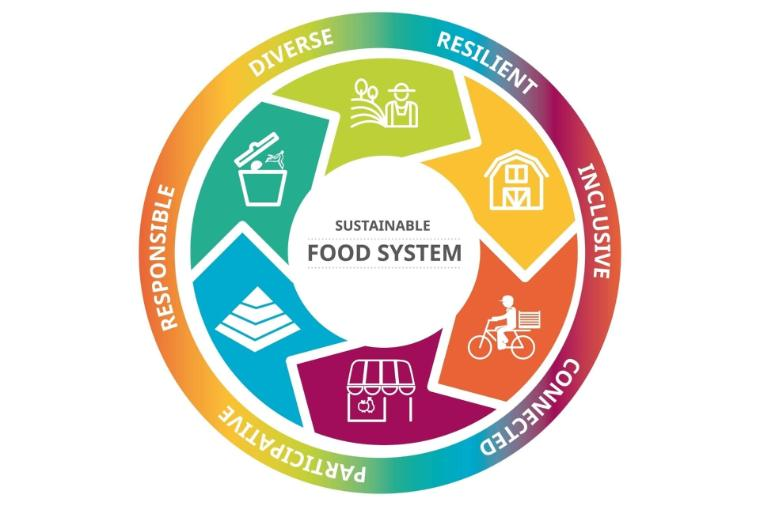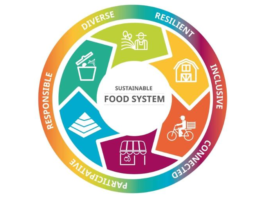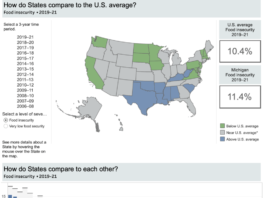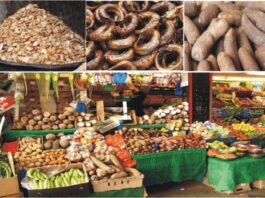
There have been several innovations in food systems in recent years, driven by the need to improve food security, reduce waste, and promote sustainability. Some of these innovations include:
Plant-based proteins: The rise of plant-based meat alternatives, such as the Impossible Burger and Beyond Meat, has gained popularity in recent years. These products are made from plant proteins and mimic the taste and texture of meat, offering a sustainable and healthier alternative.
Also read: Bridal Jewellery Is Incomplete Without These Alluring Gold Mangalsutras
Precision agriculture: Precision agriculture uses technology such as drones, sensors, and GPS to optimize crop yields, reduce waste, and conserve resources. This technology enables farmers to monitor crop health and growth, adjust irrigation and fertilization, and detect pest outbreaks early.
Vertical farming: Vertical farming involves growing crops in vertically stacked layers, using artificial light and a controlled environment. This approach can produce high yields of fresh produce in urban areas, with less water and land use than traditional agriculture.
Food waste reduction: Innovations in food waste reduction include new packaging technologies that extend the shelf life of food, apps that connect consumers with surplus food from restaurants and grocery stores, and composting systems that turn food waste into fertilizer.
Alternative proteins: In addition to plant-based proteins, there are also alternative protein sources being developed, such as lab-grown meat and insect-based protein. These products offer a more sustainable and efficient source of protein compared to traditional livestock.
Also read: Food Systems Refer To The Processes
Traceability and transparency: Advances in technology are enabling greater traceability and transparency in food supply chains. Blockchain technology, for example, can provide a secure and transparent record of food products from farm to table, reducing the risk of fraud and ensuring food safety.

These innovations are helping to create a more sustainable and secure food system for the future, with reduced environmental impact and greater efficiency.
Also reaD: 15 Good Reasons You Should Drink Enough Water Daily
In addition to the above innovations, other noteworthy advancements in food systems are helping to improve food security, reduce waste, and promote sustainability. For example, there is a growing trend towards regenerative agriculture, which aims to restore soil health, increase biodiversity, and reduce greenhouse gas emissions through practices such as cover cropping, crop rotation, and reduced tillage.
Another area of innovation is alternative farming practices, such as aquaponics and hydroponics, which involve growing crops in water instead of soil. These practices use less water and can produce higher yields of fresh produce in smaller spaces.
Moreover, there is a shift towards incorporating circular economy principles into food systems, which focuses on minimizing waste and maximizing resource efficiency. This can include using food waste to create biogas for energy or using composted waste to fertilize crops.
Also read: 10 Foods With More Vitamin C Than Oranges
Furthermore, there are also efforts to address food insecurity through innovations such as community-supported agriculture (CSA) programs, which allow consumers to support local farmers by purchasing a share of their harvest in advance. This provides a more stable source of income for farmers and helps to build stronger local food systems.
Overall, these innovations demonstrate the potential for technology and innovative thinking to address the challenges facing our food system and create a more sustainable and secure future.












